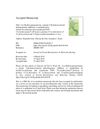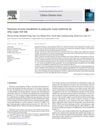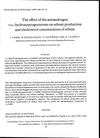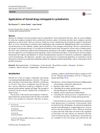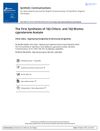Synthesis of 11α-Hydroxyprogesterone Haptens
June 1989
in “
Steroids
”
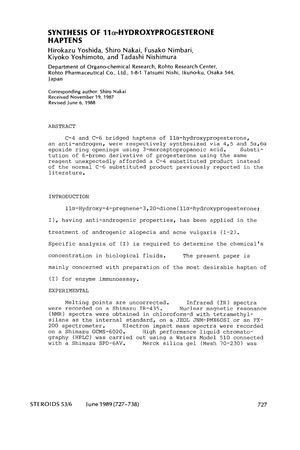
TLDR Researchers successfully made new compounds for hormone level tests, but one attempt led to an unexpected product, correcting a past error.
In 1989, Yoshida et al. conducted a study to synthesize haptens of 11α-hydroxyprogesterone for use in enzyme immunoassays, which are important for measuring this anti-androgen's concentration in biological fluids. The researchers successfully synthesized a C-4 bridged hapten with a high yield of 91.3% for one step and 56% for another. Attempts to synthesize a C-6 bridged hapten resulted in an unexpected C-4 substituted product, leading to the discovery that a previous ¹H-NMR spectrum reported in the literature was misassigned. The study also reported the synthesis of two other haptens with overall yields of 7.0% and 3.6%. The research contributes to steroid chemistry and the development of immunoassays, with ongoing work to prepare antisera using the synthesized haptens.
